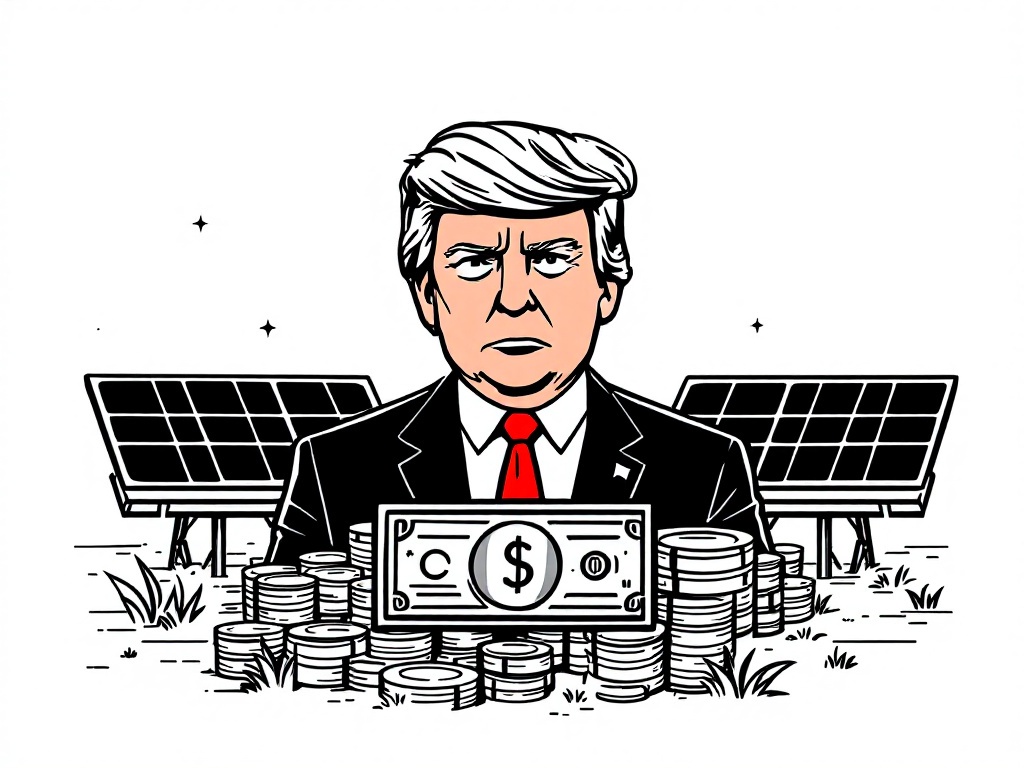Trump's Funding Freeze Threatens Solar Projects in Red States

Washington, D.C., Monday, 17 February 2025.
President Trump’s funding freeze on clean energy affects solar projects in red states, risking jobs and slowing renewable transition efforts despite court orders to resume funding.
Immediate Impact on Multiple States
On January 20, 2025, President Donald Trump initiated a sweeping freeze of billions in federal clean energy funding [1], creating immediate ripple effects across Republican-leaning states. The freeze has particularly impacted major solar initiatives, including a $130 million Solar for All program in Indiana that would have benefited over 10,000 low-income families [1], and a significant $129 million grant for solar projects in Ohio [2]. States are experiencing a pattern of funding disruptions, with some grants being temporarily unfrozen and then re-frozen, creating uncertainty for ongoing projects [2][6].
Legal Challenges and Administrative Defiance
The administration’s actions have faced significant legal opposition. On February 10, 2025, a federal judge ordered the Trump administration to unfreeze the funding [1], but the White House has largely defied these orders [3]. The situation escalated when U.S. District Court Judge John McConnell found the administration in direct violation of court orders [2]. EPA Administrator Lee Zeldin has announced plans to attempt to rescind $20 billion in grants previously awarded for climate and clean-energy projects [4], citing alleged waste and fraud as justification.
State-Level Response and Economic Impact
The funding freeze has prompted legal action from state leaders, with Pennsylvania Governor Josh Shapiro filing a lawsuit on February 13, 2025, challenging the freeze of $2 billion in federal funds [7]. In Washington state, more than $500 million in clean energy funding is currently frozen [6]. The economic implications are substantial, as demonstrated in Indiana, where the state had secured $7.8 billion in private investment for clean energy projects by August 2024 [1], investments now potentially at risk.
Industry and Community Perspectives
The freeze has created uncertainty in the renewable energy sector, with some industry representatives suggesting the market has matured enough to sustain itself [1]. However, community advocates emphasize the critical impact on low-income households. The Solar for All program, designed to benefit approximately 900,000 low-income households nationwide [8], faces particular uncertainty. Local solar initiatives, such as the 63-megawatt project planned in Cleveland and Cuyahoga County [2], remain in limbo as the administration continues its review process.
Sources
- www.theguardian.com
- www.cleveland.com
- www.nytimes.com
- www.euronews.com
- www.kuow.org
- www.ecowatch.com
- tennesseelookout.com